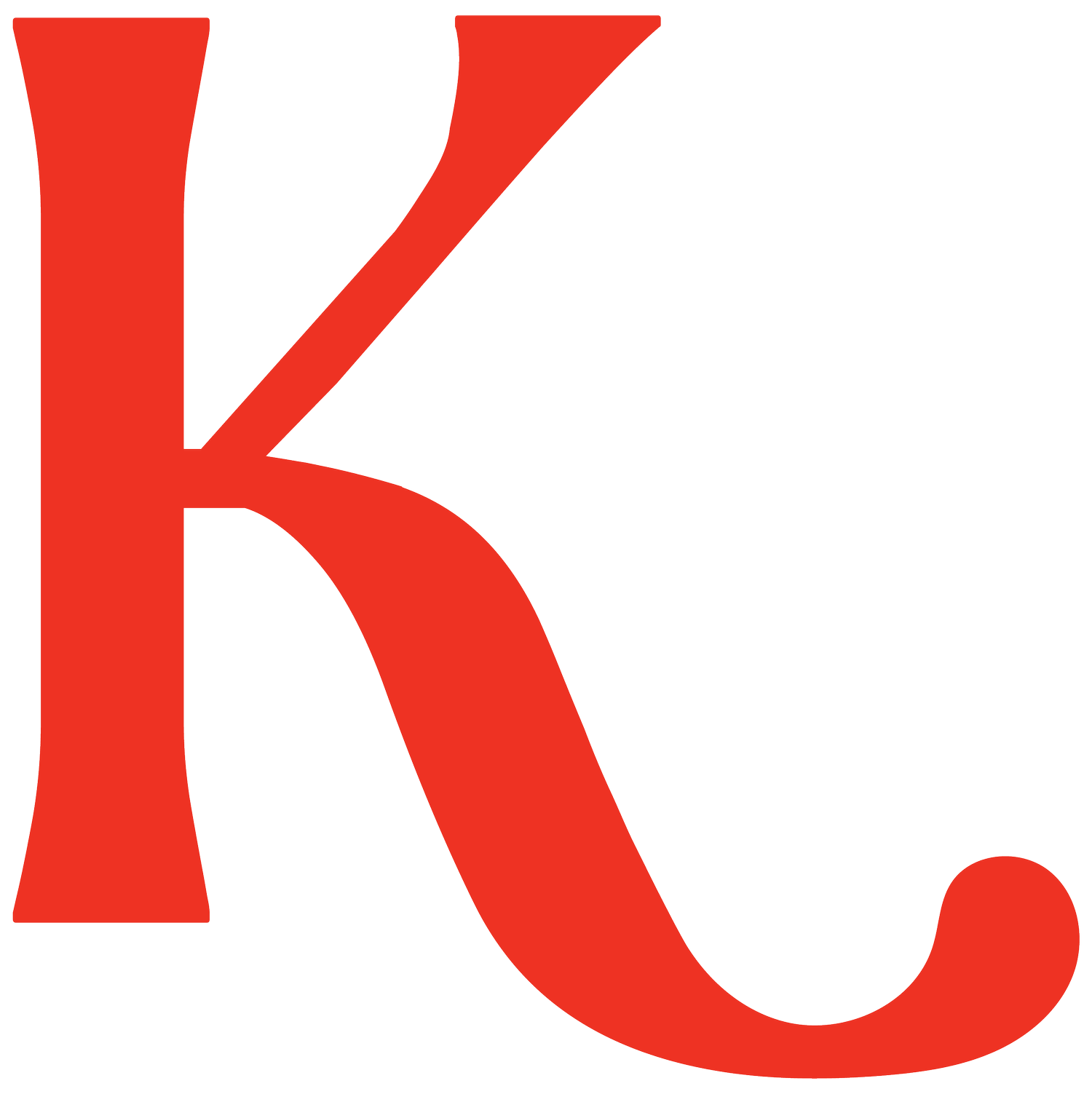How I Pay Myself As a Small Business Owner
MONEY MANAGEMENT
When it comes to finances, there are no rules about how, when, or how much to pay yourself. This can be both a blessing and a curse because you get to decide!
I’ve tried a lot of different things over the years, so today I wanted to share what’s worked best for me. Please remember I am NOT a financial planner or tax professional. It is best to talk with your accountant to make sure you are allocating enough money for tax purposes.
How to Pay Yourself As a Small Business Owner
First things first, go get yourself a copy of Profit First by Mike Michalowicz (the audio version is great too). I follow a simplified version of his system and I recommend all business owners read this book because it’s THAT GOOD! There are so many variables when it comes to paying yourself, so his book is a good resource for setting up the proper systems for your unique business (sole proprietorship, LLC, S Corp, etc.) and how much your company is bringing in.
Bank Account Setup
I operate my business with 3 banking accounts - 1 checking and 2 savings. The checking is my main account for Operating Expenses. All income and expenses go through this account. The savings accounts are for two purposes - savings for taxes and profit allocation. Here is a simplified version of what my bank accounts looks like:
Checking (OPEX) - for all operating expenses
Savings (TAXES) - for all tax payments. I also save any Sales Tax collected in this account.
Savings (PROFIT) - a percentage of my income that is saved here
Payment Schedule
I manually pay myself an Owners Draw two times a month, on the 10th and 25th. To keep myself on track I have “Accounting Day” blocked off on my calendar on these dates so I have a visual reminder to pay myself. I also block off a “Profit Distribution Day” at the last day of each quarter (more about this later).
How Much I Pay Myself & Save
Since my income is variable (meaning I make different amounts each month), I find it easiest to work off of percentages to pay myself and to save for taxes. Below are the percentages I use in my business. Remember the percentage you are saving for taxes will vary GREATLY by your location and personal finances. Please consult with a tax professional before deciding on this number.
Owners Draw - 45%
Taxes - 20%
Profit - 5%
(This leaves me with 30% going to operating expenses for my business.)
Keeping It All Organized
I don’t do a high volume of transactions in my business, so every time I make a sale, I add it to an excel sheet, which breaks down these percentages for me. When it’s the 10th or 25th I will pay myself a 45% Owners Draw, transfer 20% into my Tax savings account, and 5% into my Profit savings account.
What Happens to Money in Savings Accounts?
I pay Quarterly Estimated Taxes which come directly out of my Tax savings account, along with any Sales Tax I collect in my business for physical products.
I use the 5% Profit savings account to pay myself a Profit Distribution at the end of each Quarter - This is bonus money for me. I can also choose to reinvest this money in the business or save for the slower months when I’m not bringing in as much money. This 5% may not seem like much, but it can absolutely help you to have a cushion to fall back on when needed.
Budgeting
When it comes to my business finances I have two goals - to pay myself well and make sure I save enough for taxes so I’m not scrambling for money come tax season. I do this with the system above and by following a budget. I’m a big fan of You Need a Budget. Their online system makes it so easy to keep track of the health of your finances. I use YNAB for both my personal and business budget and it’s been a game changer!
In my budget, I have all my recurring business expenses laid out (website hosting, CRM program, Quickbooks, etc.). When I pay myself, I also login to YNAB and set money aside for each of these expenses or budgets. This money is sorted within YNAB, so I am never moving money out of my OPEX account.
The program will automatically tell you how much you need to save each month so when these yearly subscriptions are due you aren’t stressed trying to find an extra $500+ dollars. It’s amazing!
Credit Cards
I used credit cards in my business for many years, but I ultimately realized I didn’t need it and transitioned away from using credit all together. It’s helped me save for larger items (like a new camera) and not make impulsive purchases.
By sticking to my budget, saving for taxes, and paying myself a set percentage, I have been able to ride the waves of small business ownership with less stress and more confidence. Remember there is no perfect system; this is just what has worked best for me! If you aren’t sure where to get started, grab a copy of Profit First by Mike Michalowicz and schedule an appointment with a CPA!
Got specific questions for me? Feel free to reach out. I’m happy to help!


